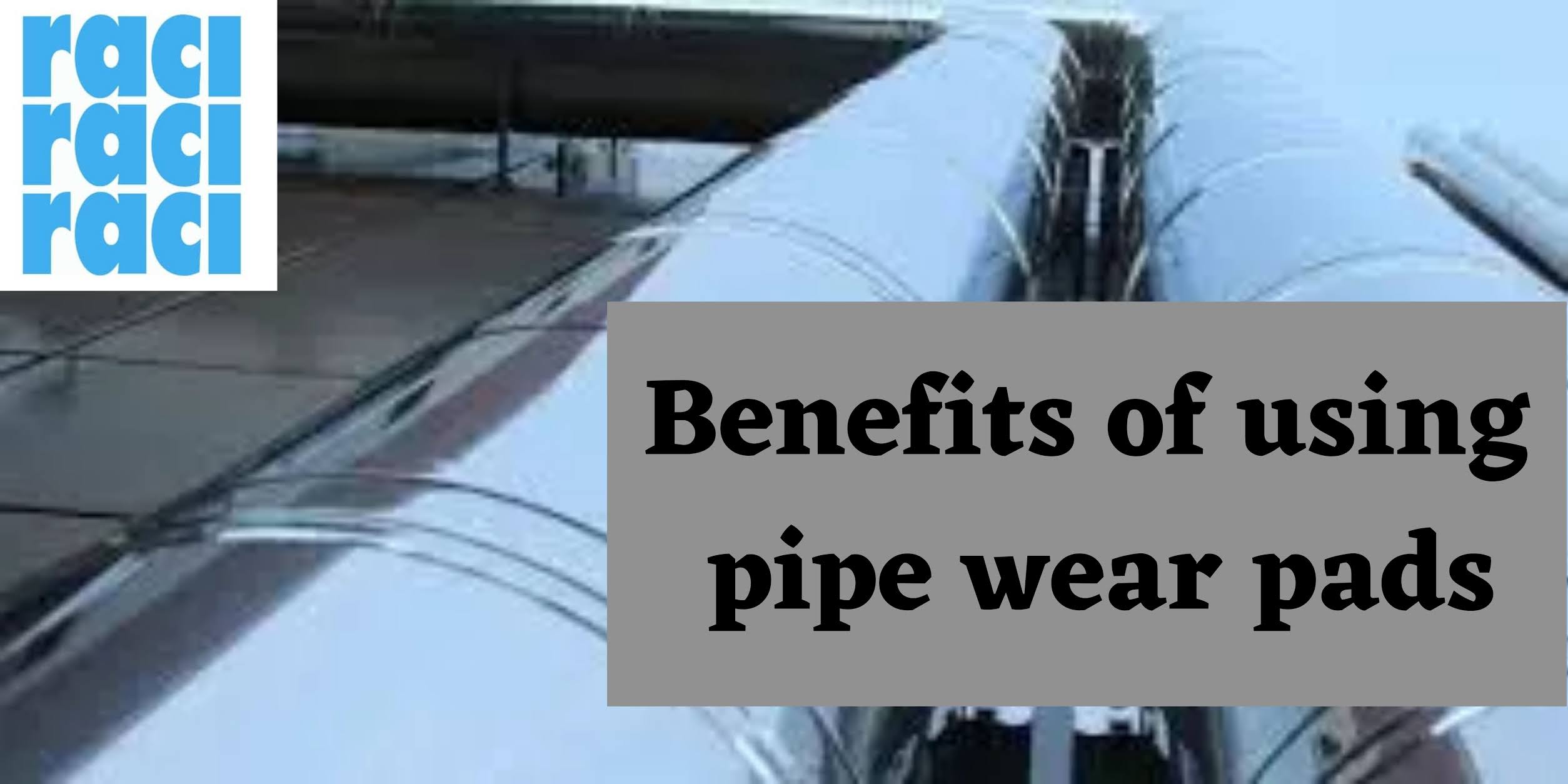What is the difference between tubing and casing?
Tubing is used to transport oil or gas and casing insulators protect these tubes. The casing pipeline keeps the main pipe safe. When the pipelines are crossing through any barrier, a link seal helps to seal the penetration. The end seal helps to ensure that nothing enters between the space between a carrier pipe (tubing) and a casing pipe. Link seal is oil, gas, fire, and extreme temperature resistant. Casing insulators help in preventing: Contamination of freshwater, Instability in upper formations, Isolating zones that have different pressures while drilling. Casing insulators are horizontal in shape. Casing pipes are made from steel. Located near r i vers, highways, railroads, and other such areas, pipelines are inside casings. Casings size can be 20inches to 7inches run through drilling hole sizes of 24 inches, 17 and a half inches,12 and a half inches, and 8 and a half inches. Tubing is usually cylindrical in shape. It can be ro...






